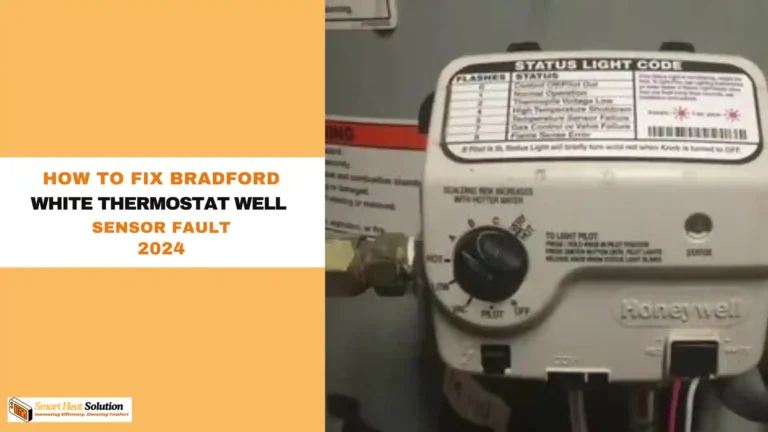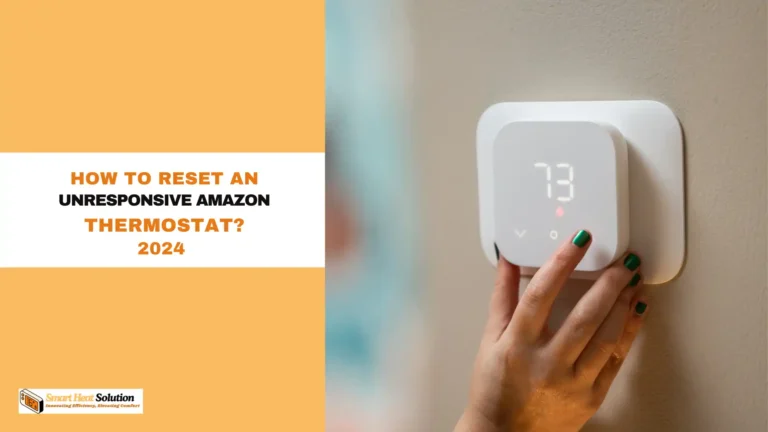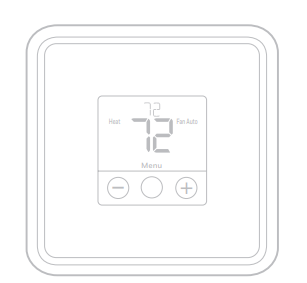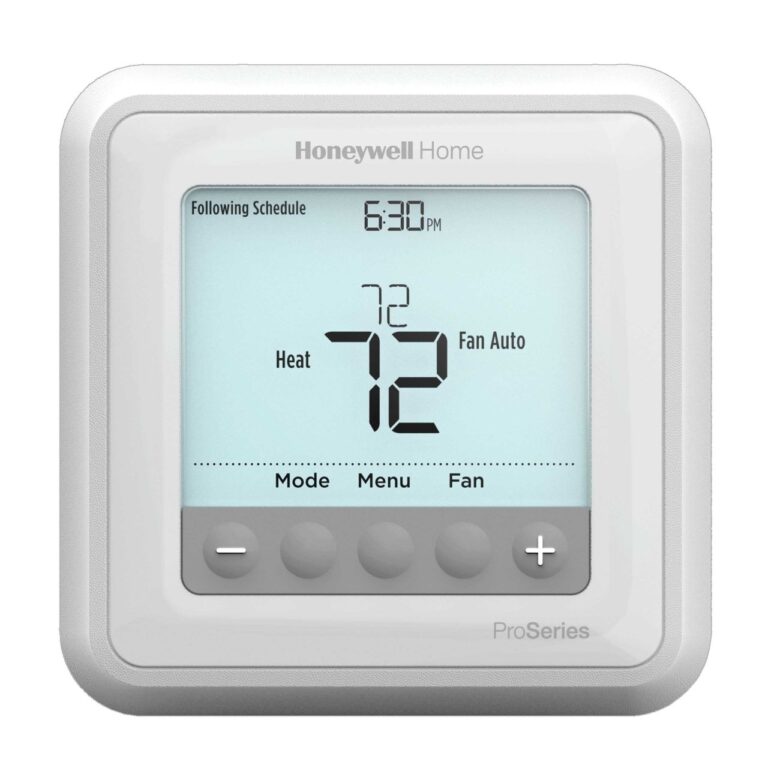How to Bypass a Thermostat for Cooling or Heating: Step-by-Step Guide
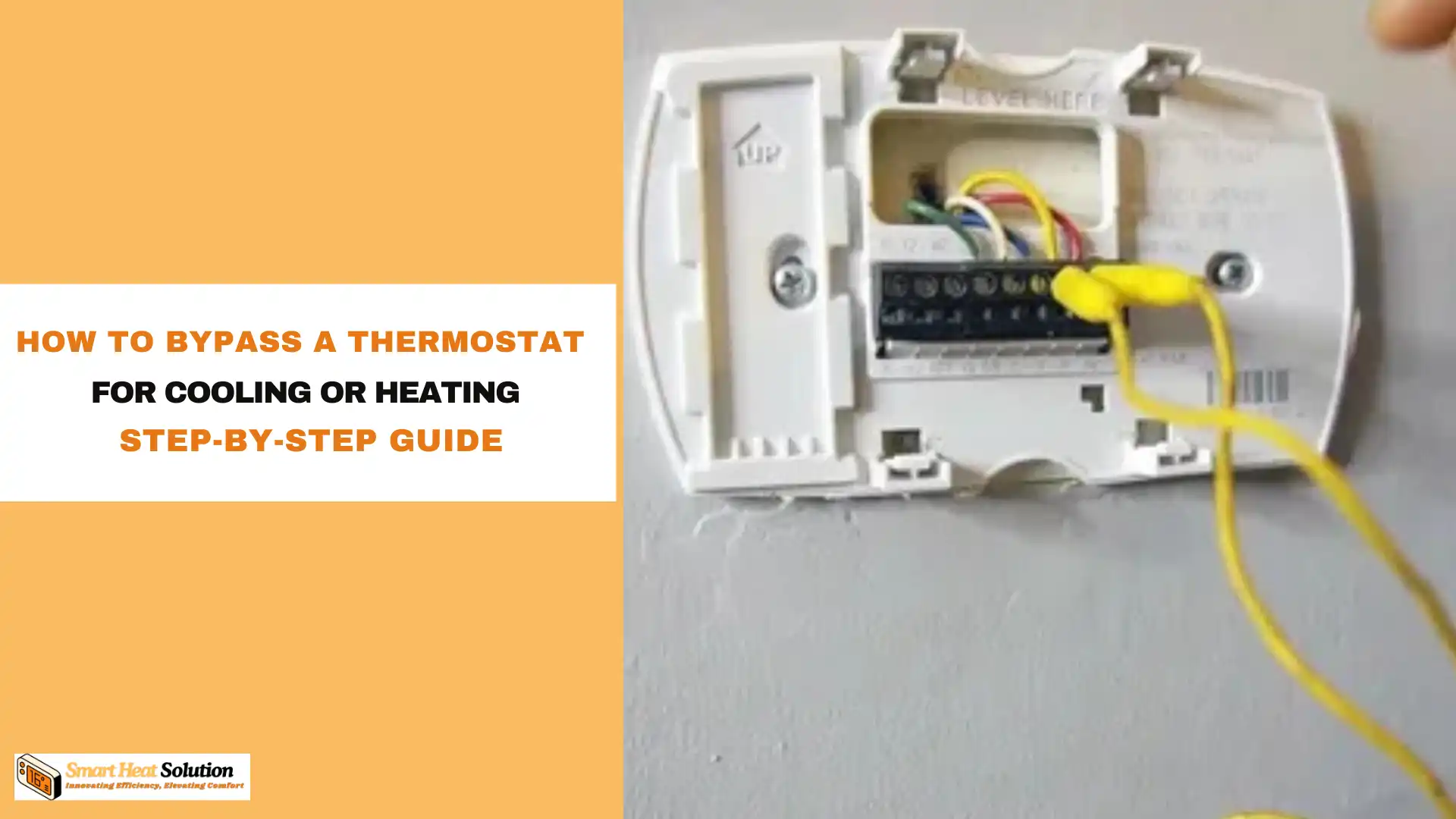
Ever wonder how to bypass a thermostat? Maybe your thermostat is acting up, and you’re trying to get your heating or cooling system back online.
Or perhaps you’re simply curious about how it all works. Whatever the case, this guide will walk you through the process step-by-step, so you can get your HVAC system working without relying on a faulty thermostat.
Before we dive in, it’s essential to consider safety and legality.
Bypassing a thermostat isn’t something to take lightly—there are risks, and it’s always a good idea to consult with a professional before making permanent changes.
Understanding Thermostat Functionality
A thermostat is a critical component in heating, ventilation, and air conditioning (HVAC) systems.
It regulates the temperature of your home by switching the heating or cooling systems on and off based on the temperature settings. Understanding its function is essential for effectively bypassing it without damaging the system.
Types of Thermostats
- Mechanical Thermostats: These traditional devices use a bi-metallic strip to detect temperature changes.
- Digital Thermostats: Modern devices that offer more precision and programmable features.
- Smart Thermostats: These connect to Wi-Fi and can be controlled remotely via smartphones.
Reasons for Bypassing a Thermostat
Why would anyone want to bypass a thermostat in the first place? Here are a few common scenarios:
- Emergency situations: If your thermostat fails during extreme weather, bypassing it can provide temporary relief until you can replace it.
- Faulty thermostat: If your thermostat is malfunctioning, it can prevent your HVAC system from working correctly. Bypassing it allows you to test if the issue lies with the thermostat or another part of the system.
- Testing HVAC functionality: Sometimes, bypassing the thermostat is necessary to diagnose issues in the HVAC system itself.
- Constant Temperature: Maintain a specific temperature in an environment where temperature fluctuations are detrimental.
- System Repairs: Conduct maintenance on the HVAC system.
Tools You Will Need
Before you start, make sure you have the following tools ready:
- Screwdriver (usually Phillips or flathead)
- Wire cutters or strippers
- Electrical tape
- Voltage tester
- Safety gloves and goggles
Simple Steps How to Bypass a Thermostat
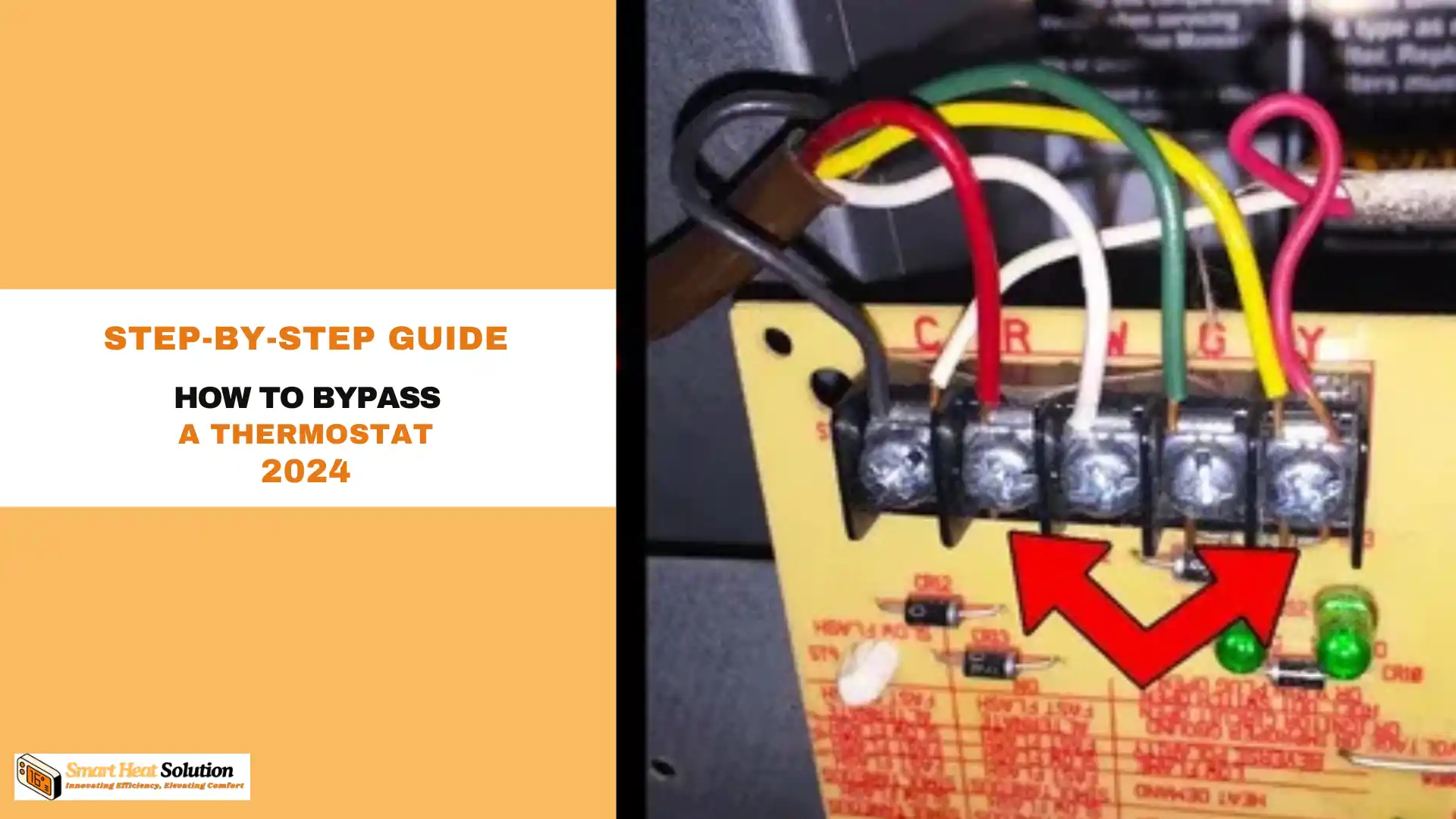
Step 1: Safety First
Before proceeding, ensure that the power to the HVAC system is turned off at the circuit breaker. This prevents electrical shocks and protects the system.
Step 2: Access the Thermostat
- Remove the Thermostat Cover: Use a screwdriver to detach the thermostat cover. Be cautious of any wires connected to the unit.
- Document the Wiring: Take a photo or make a note of how the wires are connected to ensure you can restore it later.
Step 3: Identify the Wires
Typically, thermostats will have several wires connected, commonly labeled as follows:
- R (Red): Power supply
- Y (Yellow): Cooling system control
- W (White): Heating system control
- G (Green): Fan control
Step 4: Bypass the Thermostat
- Connect the Wires: Using wire strippers, carefully strip the ends of the wires you want to connect. For heating, connect the R wire to the W wire. For cooling, connect the R wire to the Y wire.
- Secure Connections: Use electrical tape to secure the connections, ensuring no exposed wire is visible.
Step 5: Restore Power and Test
- Turn On Power: Return to the circuit breaker and turn the power back on.
- Test the System: Observe the HVAC system. It should operate continuously without the thermostat’s regulation.
Step 6: Monitoring
Keep an eye on the temperature to ensure it remains within desired limits. Bypassing the thermostat means you will need to monitor the system manually.
Step-by-Step Guide to Bypassing a Thermostat for Cooling

1. Turn Off Power to the HVAC System
To ensure safety, switch off the power to the HVAC system at the circuit breaker. This reduces the risk of electrical shock or damaging components.
2. Locate the Thermostat Wires
Thermostat wiring typically includes several colored wires, each corresponding to different functions. These wires connect to the control board on your HVAC system. The most common wire colors and their functions are:
- Red (R wire): Power from the transformer
- Green (G wire): Fan
- Yellow (Y wire): Cooling
- White (W wire): Heating
- Blue or Black (C wire): Common (ground)
Refer to your HVAC manual if your wiring differs.
3. Identify the Cooling Circuit
For cooling, you will need to bypass the connection between the R wire (power) and the Y wire (cooling). This creates a direct circuit to your air conditioning unit, allowing it to operate without the thermostat.
4. Create the Bypass
- Twist the R and Y wires together using a wire nut or electrical tape.
- Ensure the connection is secure and insulated properly.
5. Turn the Power Back On
After creating the bypass, turn the power back on at the breaker. Your air conditioning should now run continuously without the thermostat controlling it.
6. Monitor the System
Allow the system to run for a few minutes. If it operates correctly, the issue may lie with your thermostat. If not, the problem might be within the HVAC unit itself.
Step-by-Step Guide to Bypassing a Thermostat for Heating
1. Turn Off Power to the HVAC System
Safety first—always switch off the HVAC system at the breaker before working with electrical components.
2. Locate the Heating Circuit
Similar to the cooling process, the heating circuit involves the R wire (power) and the W wire (heating).
3. Create the Heating Bypass
- Connect the R wire to the W wire using a wire nut or electrical tape.
- Ensure the connection is tight and insulated to avoid short circuits.
4. Restore Power
Turn the power back on at the breaker. Your heating system should now operate continuously.
5. Observe the System
Let the heating system run for several minutes. If it functions properly, the thermostat could be at fault. If not, further diagnostics may be required for the furnace or heating system.
Precautions to Consider
- Temperature Control: Without a thermostat, temperatures may fluctuate significantly.
- System Overload: Continuous operation can lead to system wear and potential failure.
- Restoration: Ensure you can easily restore the thermostat once repairs or testing are complete.
Potential Risks and Considerations
While bypassing the thermostat is useful for diagnostics, keep in mind the following:
- Continuous Operation: Bypassing a thermostat means your system will run without stopping. Prolonged bypassing can lead to system overuse or overheating.
- Electrical Hazards: Always work with caution when handling HVAC wiring. If you are uncomfortable with electrical work, consult a professional.
- Identify the Real Issue: If bypassing the thermostat resolves the issue, you may need to replace or repair the thermostat. If not, your HVAC unit may require further troubleshooting.
How Long Can You Run Your HVAC System Without a Thermostat?
Bypassing a thermostat is not a permanent fix. Running your HVAC system without one for extended periods can cause issues, such as overheating or overcooling your home.
In most cases, it’s best to use a bypass only for testing or temporary relief.
Temporary vs Permanent Bypass: What’s the Difference?
A temporary bypass is ideal for quick fixes, while a permanent bypass could cause long-term damage to your system.
If you find that your thermostat consistently causes problems, consider replacing it rather than bypassing it indefinitely.
Common Mistakes to Avoid When Bypassing a Thermostat
- Incorrect wiring: Always double-check which wires you’re connecting. Incorrect wiring can damage your HVAC system.
- Ignoring safety precautions: Working with electricity can be dangerous. Never skip safety steps like turning off the power or using insulated tools.
When to Call a Professional
If bypassing the thermostat does not solve your HVAC issues, it’s time to call in an HVAC technician. Common reasons for system failures beyond the thermostat include:
- Compressor problems in cooling units
- Blower motor issues
- Faulty control boards
- Refrigerant leaks
A licensed professional can help diagnose and repair complex issues safely and effectively.
Conclusion
Bypassing a thermostat can be a useful technique for troubleshooting or maintaining a constant temperature. However, it requires caution and knowledge of electrical systems.
Follow the steps outlined in this guide to ensure safety and effectiveness while working with your HVAC system. Remember to restore the thermostat promptly to return to normal operation.
FAQ
Can bypassing a thermostat damage my HVAC system?
Yes, bypassing a thermostat for long periods can lead to system overuse, potentially damaging your HVAC system.
How much does it cost to replace a thermostat?
The cost of replacing a thermostat varies, but on average, it can range from $150 to $300, including installation.
Is it safe to permanently bypass a thermostat?
No, permanently bypassing a thermostat is not recommended, as it can cause your system to run continuously, leading to increased wear and tear.
How do I know if my thermostat is faulty?
Common signs of a faulty thermostat include inconsistent temperatures, no response from your HVAC system, or the display being blank.

I’m Alan William’s, the founder of SmartHeatSolution.com. I am from California, USA, I’m passionate about innovative heating technologies and their impact on our homes and businesses. With a background in electrican and home repair , I aim to make smart, energy-efficient heating accessible to everyone. When I’m not writing, I’m likely interested in all the thermostat brands and their new technnology. Thanks for stopping by!

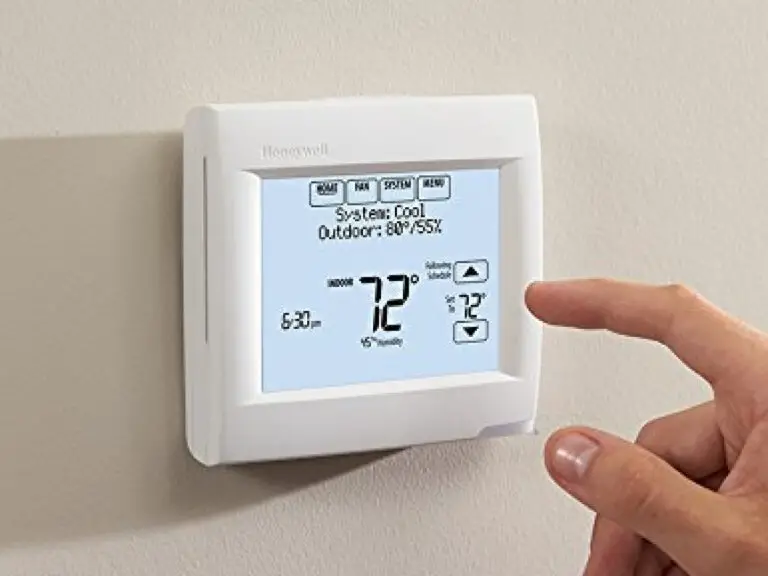
![Honeywell Thermostat Keeps Rebooting: Troubleshooting Guide 10 Honeywell Thermostat Keeps Rebooting Troubleshooting Guide[Fixed]:](https://smartheatsolution.com/wp-content/uploads/2024/10/tinywow_Business-6_66007210-768x432.webp)
